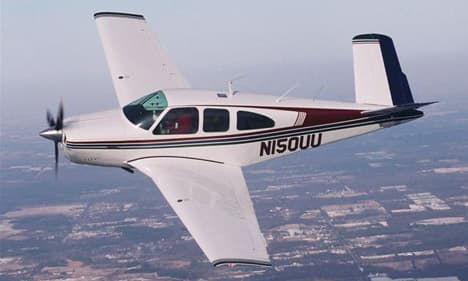Ever Beaumont
Filing Flight Plan
- Joined
- Jun 8, 2020
- Messages
- 22
- Display Name
Display name:
EverBeaumont
I am a new pilot ( just around 60 hours ) . I took a long break from my flight training, so I pretty much have to start all the way over (which is ok) but this time I was thinking of just purchasing my own plane instead of learning on a rental. It was something I had wanted to do from the beginning and now I'm in a better financial position to do it.
I wanted to get some opinions on what you think is a good starter plane to own. I plan to use the plane for recreational flying and traveling. Budget around $70k-$120k. Was looking at Cessna's, Piper Arrows,& Cherokees, cirrus sr20.
Any feedback would be greatly appreciated. I'm located in Miami Fl.
I wanted to get some opinions on what you think is a good starter plane to own. I plan to use the plane for recreational flying and traveling. Budget around $70k-$120k. Was looking at Cessna's, Piper Arrows,& Cherokees, cirrus sr20.
Any feedback would be greatly appreciated. I'm located in Miami Fl.
Last edited:




